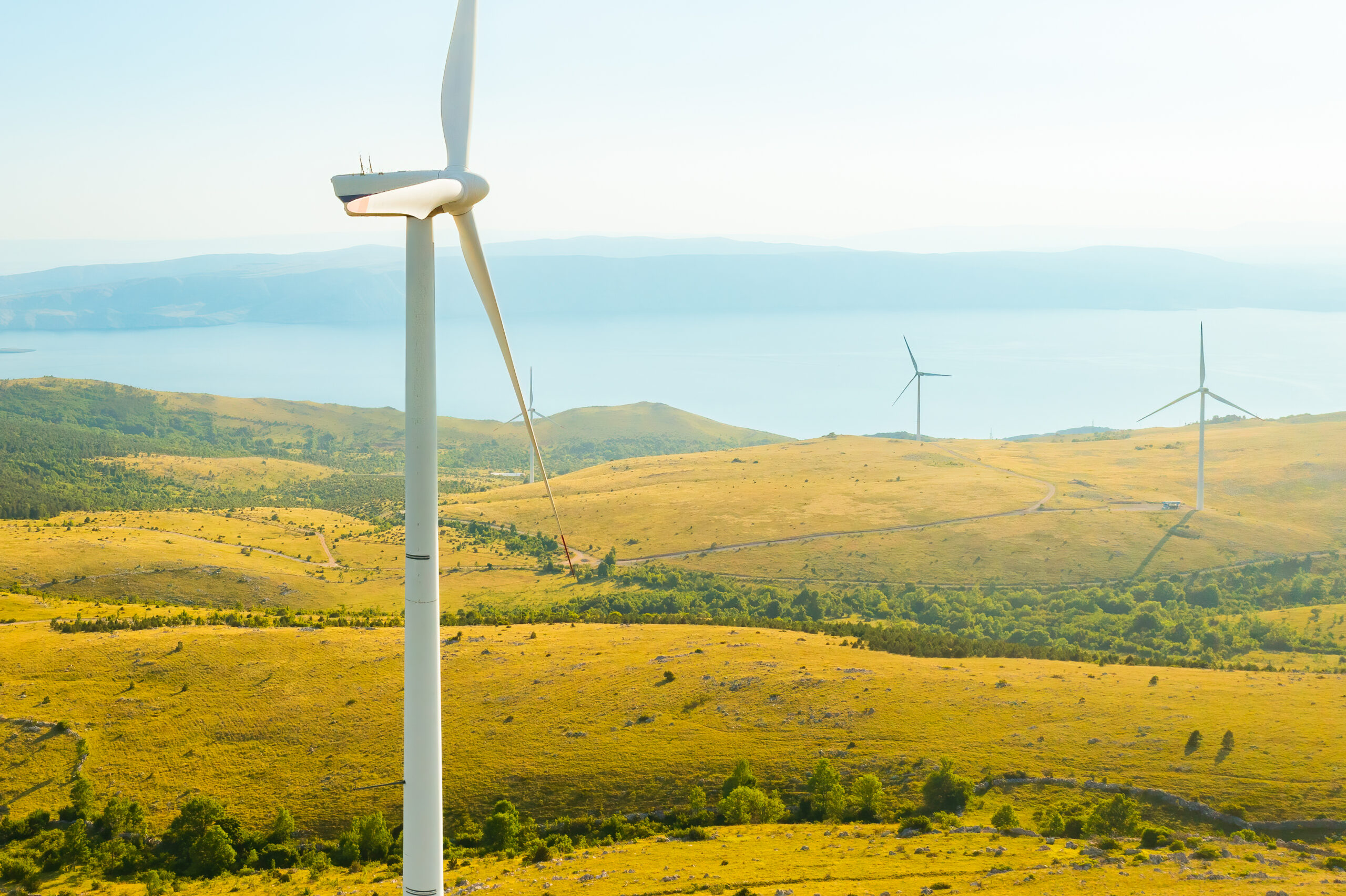North Sea Wind Power Hub offshore project relies on RTE international’s expertise on risk assessment of HVDC systems by Control and Protection replicas
The huge North Sea potential energy
Offshore wind farms are one of the crucial elements to achieving the energy transition. The North Sea alone has enough potential energy to meet the demand of the countries bordering it. The North Sea Wind Power Hub (NSWPH) consortium, consisting of Energinet, Gasunie, Tennet Germany and Tennet Netherlands, aims to accelerate the deployment of offshore wind power by rethinking the North Sea as an energy hub where all regional stakeholders cooperate. The NSWPH hub-and-spoke project will interconnect different energy systems of Northwest Europe into a single, well-planned and coordinated network, while connecting large quantities of offshore wind.
Assessing HVDC systems by Control and Protection replicas
The NSWPH has contracted RTE international to contribute to the feasibility phase of the project to define the technical basis for a first hub in the early 2030s. RTE international will evaluate how to de-risk this transnational and modular project by using Hardware-in-the-Loop (HIL) testing. The scope includes the evaluation of operational risks in a multi-vendor and multi-technology HVDC-OWF system, recommendations of a de-risking methodology for the NSWPH concept, and case studies with references to lessons learnt by RTE international.
A gradual development
The NSWPH consortium envisages to adopt the hub-and-spoke concept for the offshore wind power hub development, with the interconnected hubs spanning across country frontiers and integrating different energy sectors and carriers. To this end, several pre-feasibility studies have been conducted internally with the intention of exploring different technological options and identifying potential technical challenges. Since this project would involve offshore wind and HVDC technology from different manufacturers and its development would be carried out gradually and modularly in several phases over a long time-span, questions are raised with regard to the particular technical challenges in this backdrop, specifically how to effectively de-risk the design of the NSWPH project to ensure stable grid operation. In particular, the use of the Hardware-in-the-Loop (HIL) setup with Control and Protection (C&P) replicas from different HVDC and OWF vendors in the de-risking process attracts a great deal of interest from stakeholders of the NSWPH consortium.
« Simply put, this project consists of building an offshore hub interconnecting multiple networks via undersea HVDC cables and hosting giant intermittent energy fields. This is an exciting technical challenge! It was still difficult to imagine a few years ago, but the experience we have acquired on projects involving multi-vendor applications, as well as our active contribution to various Cigré working groups, will enable us to draw up a very comprehensive feasibility report to de-risk the design and operation of the NSWPH project. »
About North Sea Wind Power Hub (NSWPH)
The consortium of the North Sea Wind Power Hub programme has joined forces to realize climate goals. The consortiums work is based on research, stakeholder interaction and experience from earlier projects. Partners in the consortium are Energinet, Gasunie and TenneT.





